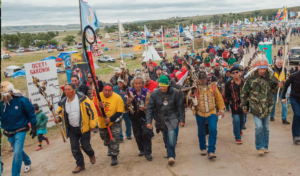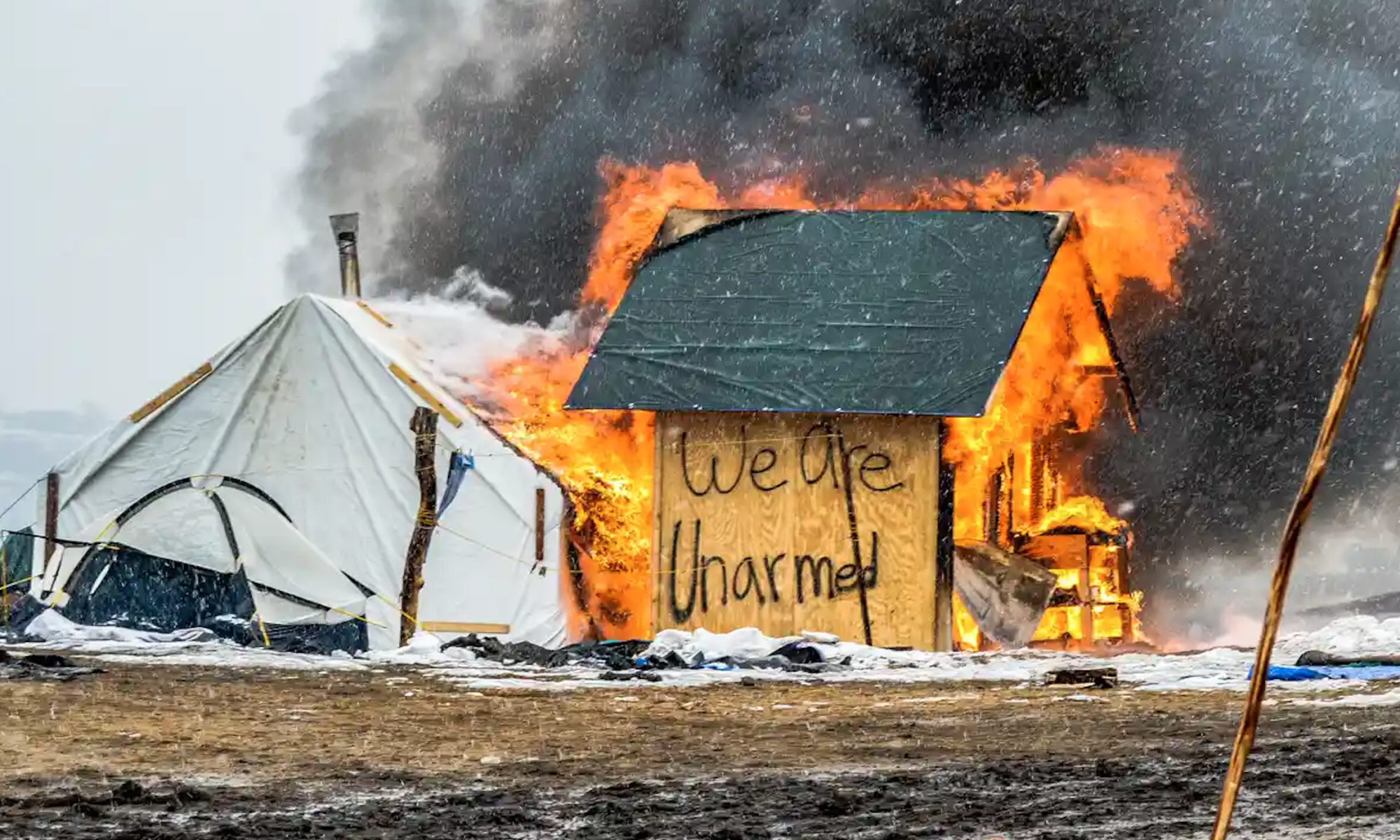The concept from this week’s lecture that I found I was the most inspired by, was design activism and the relationship between design, social and environmental justice.
So what is design activism?
‘Design activism reallocates resources, reconfigure systems and reprioritises interests. It is necessarily broad in its scope and aims…Design activism is overtly material in that it grapples with the everyday stuff of life; it is also resolutely driven by ideas and understandings. It is a making of politics.’
(Guy Julier, 2013:144-145)- writer and academic who has spent the past 30 years researching global changes in design, economics and society)
As designers we are trained to constantly seek improvements to how people live, however, it is becoming more and more apparent that design processes are often ethically questionable due to a lack of consideration or awareness of their implications. As I have touched on previously, within the design industry, practises have been strongly focused on maximising profits with little attempt to understand or solve the social and environmental problems that they are contributing to. However, design activists are looking to break this mould and look at how we can utilise the power of design to create change for the better. They look to bring about change by focusing on designing for community and moral beliefs and values rather than individual gain.
Standing Rock Protests
From this week’s lecture, the 2016 Standing Rock protests were the example of design activism that particularly stood out to me, and I then went on to research and try to understand further in my own time.
The Standing Rock encampment in North Dakota began in 2016 and was made up of many of the tribes and protestors that opposed the Dakota Access pipeline. The pipeline was intended to run from North to South Dakota, passing Lake Oahe, which acts as the main source of water for the indigenous population in that area. The pipeline posed a huge threat to their health, but also to that of millions of others whose water and land could also be contaminated by any leaks. Within a few months, more than 4000 people resided in the camp, with thousands more on weekends.


I find it so inspiring that the camps became places of social organisation based entirely around a sense of community and care for the environment. So many people came together to share their experiences and knowledge of what was happening in their environment; working as a collective to share ideas on sustainable living and creating a future involving a peaceful and purposeful relationship with our environment.
It was interesting to read further into ‘Learning from the Standing Rock as a Site for Transformative Intercultural Pedagogy’ by Jilly Traganou and Regine Halter. Something that particularly stuck with me was the lessons for design towards the end of the reading. Their first objective inspired by the Standing Rock encampment is that ‘the participants in the site of encounter (students and educators of design from different parts of the world) should agree and aspire to the goal of creating together a new community of change.’ (Traganou, 2019:88-89). This also aligns with their fourth objective which states the importance of collectively developing a new community of change.
I think that particularly within the West we need to take a less individualistic approach to both design and our environment in general and begin to move towards community-based mindsets. In a society that is currently driven by capitalism, there is very little we do to immerse ourselves in the community, but I think this idea is fundamental to change for a better future.
What can I take from this as a designer?
I think as designers, we all need to come together to create a community of change, bringing our different knowledge and disciplines together to ‘prefigure what a future, desired society would feel like’ (Traganou,2019:88-89). With the common motivation of bettering our environment, designers should begin to create now for the future that we want to see in the world.
Though the transition might be slow, if awareness and responsibility continues to be raised amongst the design community, I truly believe that we will slowly see change.
Designer of the week…
Aram Han Sifuentes is a social practice and fiber artist who uses textiles and sewinf as her medium to investigate identity politics, immigration, citizenship and other poltical and environmental issues in the United States. Her work is political and informed by her own experience as an immigrant living and with her parents working in the garment industry.
For me it is so inspiring to see ways other designers within my discipline are creating awareness. I think her protest banners and garments are an amazing way of using textile design to create artwork that combines experience, activism and community. Using design in this way raises awareness and speaks out for vulnerable communities and people who don’t necessarily feel safe attending a protest.


https://www.aramhansifuentes.com/statement-bio
References
Julier. g. (2000) The Culture of Design. SAGE Publications Available at: https://designpracticesandparadigms.files.wordpress.com/2013/01/wk1_guy_julier_the-culture-of-design_intro_chapters-2-3-1.pdf
Mongabay Environmental News. (2022). Standing Rock withdraws from ongoing environmental assessment of Dakota Access Pipeline. [online] Available at: https://news.mongabay.com/202202/standing-rock-withdraws-from-ongoing-environmental-assessment-of-dakota-access-pipeline (Accessed: 20 October 2023)
The Guardian. (2016). Standing Rock protests: this is only the beginning. Available at: https://www.theguardian.com/us-news/2016/sep/12/north-dakota-standing-rock-protests-civil-rights.
Traganou, J. and Halter, R. (n.d.). Learning from the Standing Rock as a Site for Transformative Intercultural Pedagogy. www.academia.edu. Available at: https://www.academia.edu/40941046/Learning_from_the_Standing_Rock_as_a_Site_for_Transformative_Intercultural_Pedagogy.






Brilliant post, Winnie! This is meeting some of the comments I put in my last comment on week 4’s post and more importantly is showing your skill for digesting the course topics, independently researching them further and interweaving and connecting them out to wider social issues, disiplinary practice and your own citizenship and creative work. Really lovely stuff! Well done.